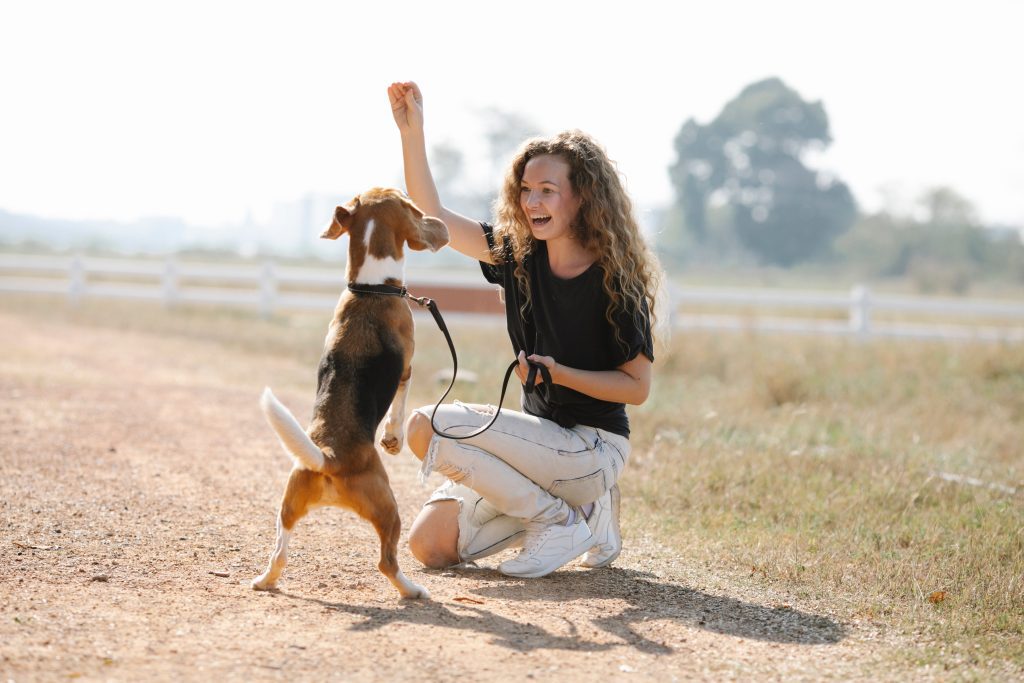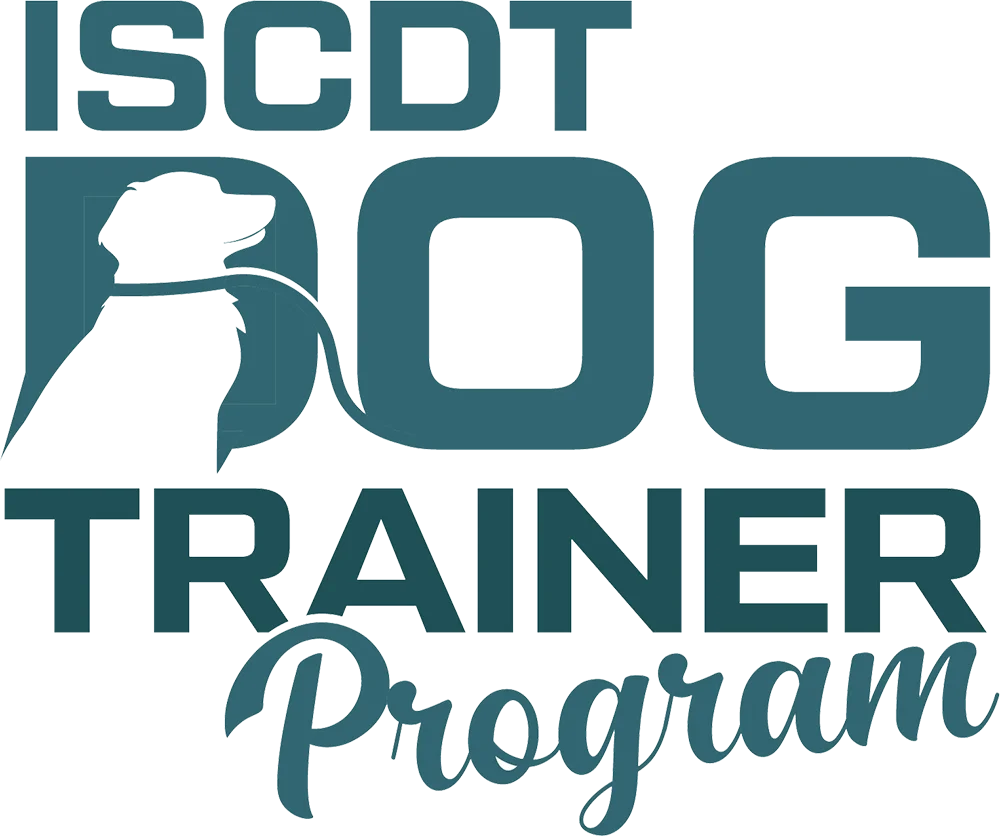The Power of Marker Training
Marker training is one of the clearest ways to communicate with a dog. The marker bridges the gap between the behavior and the reward. A well-timed marker tells the dog, “That’s the behavior I want.”
The reward comes after. The marker lets you deliver the reward with precision. It creates a predictable system. This system speeds learning and builds confidence in the dog.
When the marker stays clean, the dog responds faster and more reliably.
What It Means to Poison the Mark
Poisoning the mark happens when the marker loses value. This can happen in two ways. Sometimes it is emotional. For example, if the marker is paired with corrections or frustration.

Other times, it happens through mechanics. Poor timing and sloppy habits weaken the link between the marker and the reward. Such as, not delivering food every time you mark behavior or using different words to mark behavior. Stick to one verbal word (or a click) rather than changing it from moment to moment or lesson to lesson.
This article focuses on mechanical mistakes. These are common. They happen to new trainers. They also happen to experienced trainers who have become comfortable in their routine.
How Bad Habits Weaken the Marker
Holding Food in Your Hand. A clean marker depends on the dog listening for the cue. When a trainer holds food in the hand, the dog focuses on the hand. The food in hand becomes a lure. The dog’s attention shifts away from the marker. The mark loses its purpose. To prevent this, keep food out of sight. Unless you are luring the dog, the food should appear only after the behavior is marked.
Resting Your Hand in the Pouch. Many trainers rest their hand inside their pouch while the dog works. Dogs are quick to notice this. The hand position can become a signal that predicts the reward.
Reaching for Food Before the Mark. This is the most common error. The dog is still performing the behavior. The trainer’s hand reaches into the pouch before saying “Yes” or clicking.
To prevent these habits, never wear the pouch near your stomach or on the front of your hip. Instead, place it behind your hip, out of view. When working with the dog, practice keeping your reward hand on your leg until after you mark the behavior.
Dogs read body language instantly. If the hand moves before the mark, the dog responds to the hand instead of the marker. This creates confusion. The marker no longer predicts the reward. The dog watches the trainer’s movements rather than listening. The correct sequence is simple.
Mark the behavior. Then reach for the reward.
Why a Clean Marker Matters
The marker is the bridge between behavior and reward. If the bridge is weak, the communication is unclear. A clean marker creates precise training. The dog learns faster and mistakes decrease. While the mark must be instant upon the dog following the cue, the treat can come up to several seconds later.
When the mark is poisoned, the dog hesitates or performs inconsistently and the training process slows.
How to Keep Your Marker Strong
- Always mark first. Then move to the pouch.
- Keep your hands still until after the mark. Practing placing your hand on the front of your leg until after you mark.
- Practice without the dog to improve timing.
- Video your sessions. Watch for early hand movements.
- Correct small habits before they become routine
Even experienced trainers fall into these habits. The good new is that they are easy to fix. Focus on the timing of your mark, keep the mark clean by marking before reaching for the treat and then grab that treat and reward the dog for a job well done.
Clean mechanics make the difference between a dog that learns slowly and a dog that understands instantly.
The next time you train, ask yourself if you protected your marker.
ISCDT – Dog Trainer Program teaches new dog trainers the skills they need to change a hobby into a professional career. Our hands-on course has you learning and working with dogs. Whether you are building your current dog business to include training or starting a new career, our certified program will help you . Designed for a balanced learning experience, this course combines theoretical exploration with hands-on practice, engaging multiple senses and boosting problem-solving skills for a richer learning journey. Visit our site to enroll in our accredited and affordable program.

